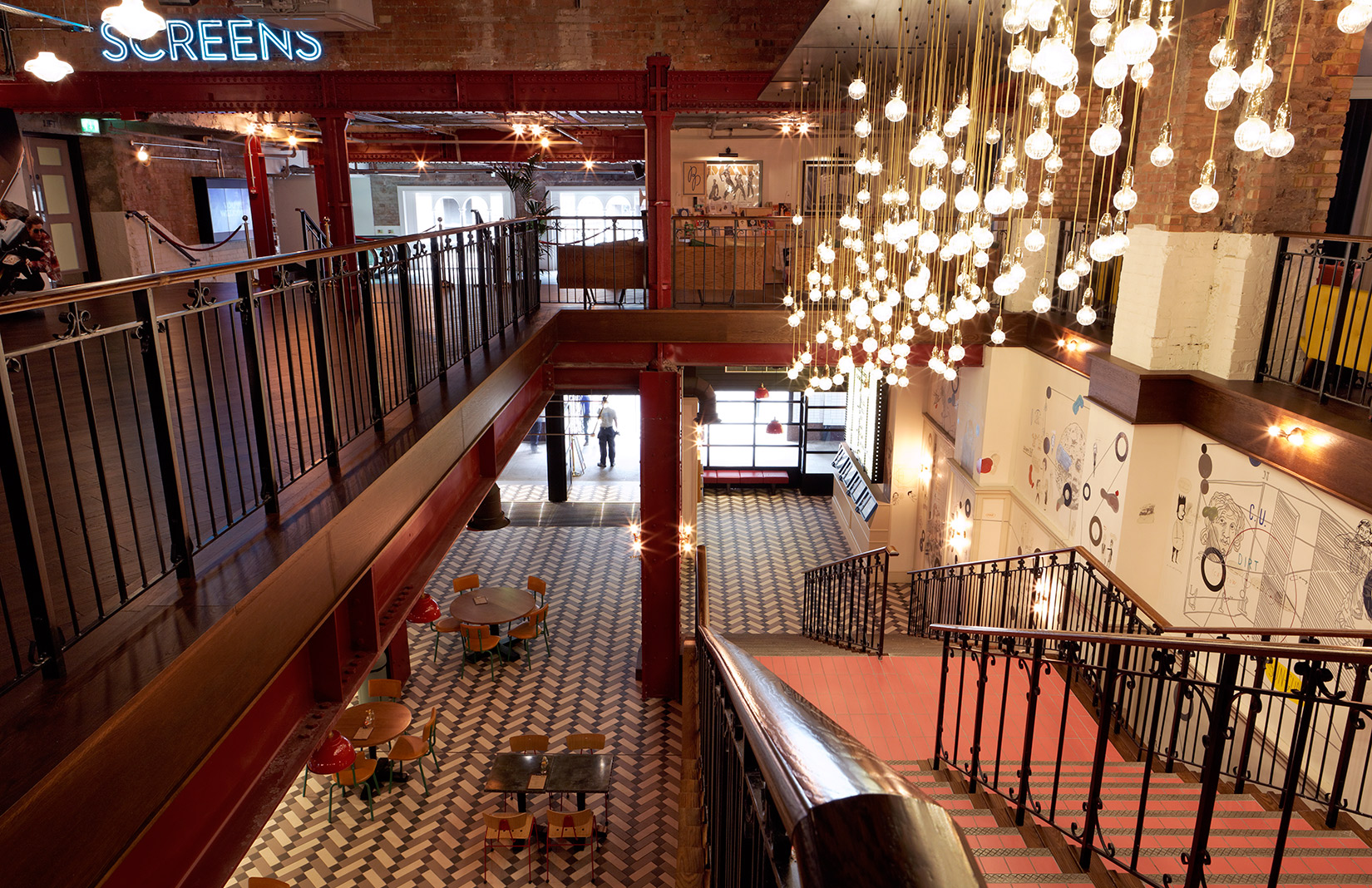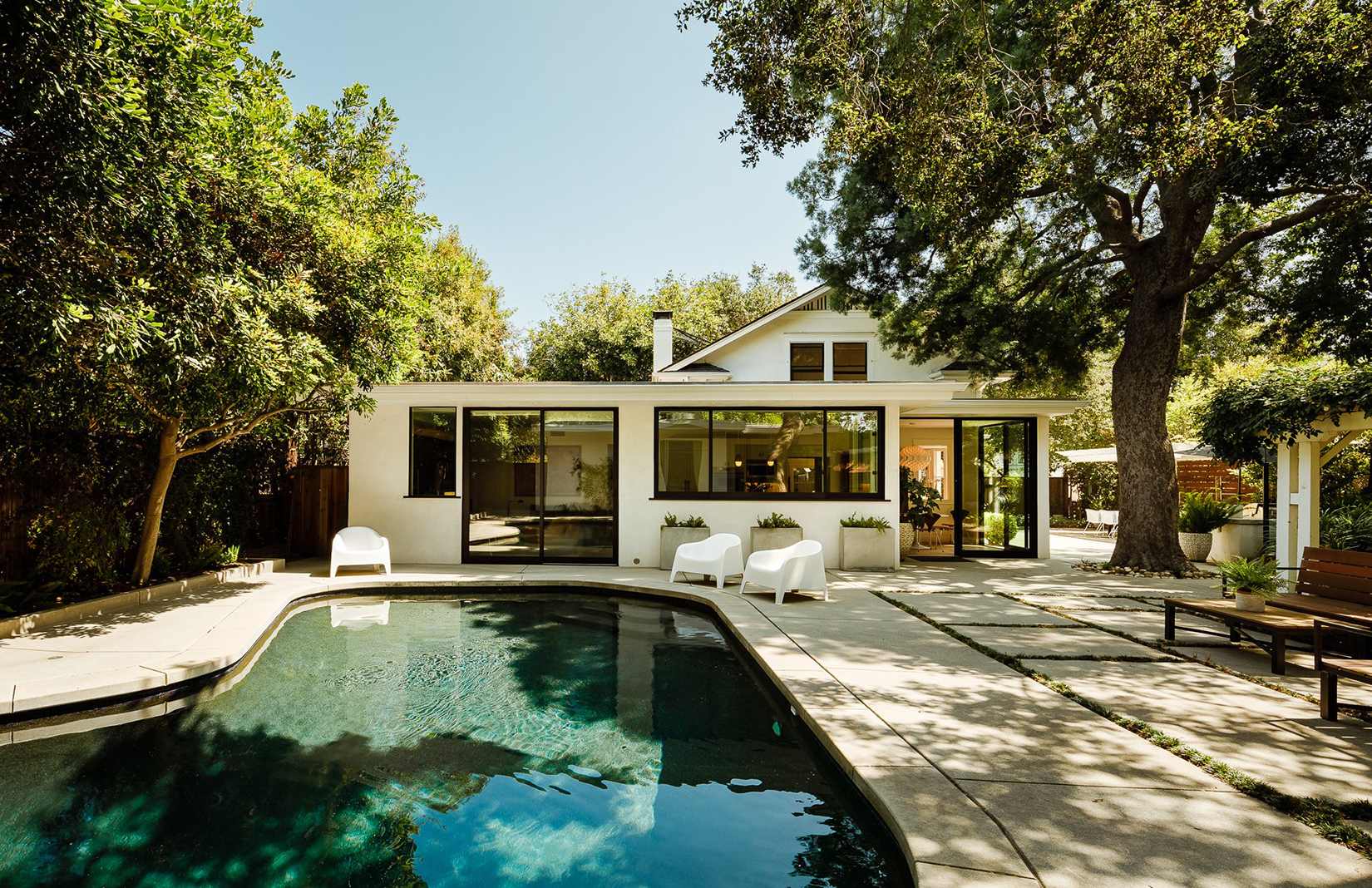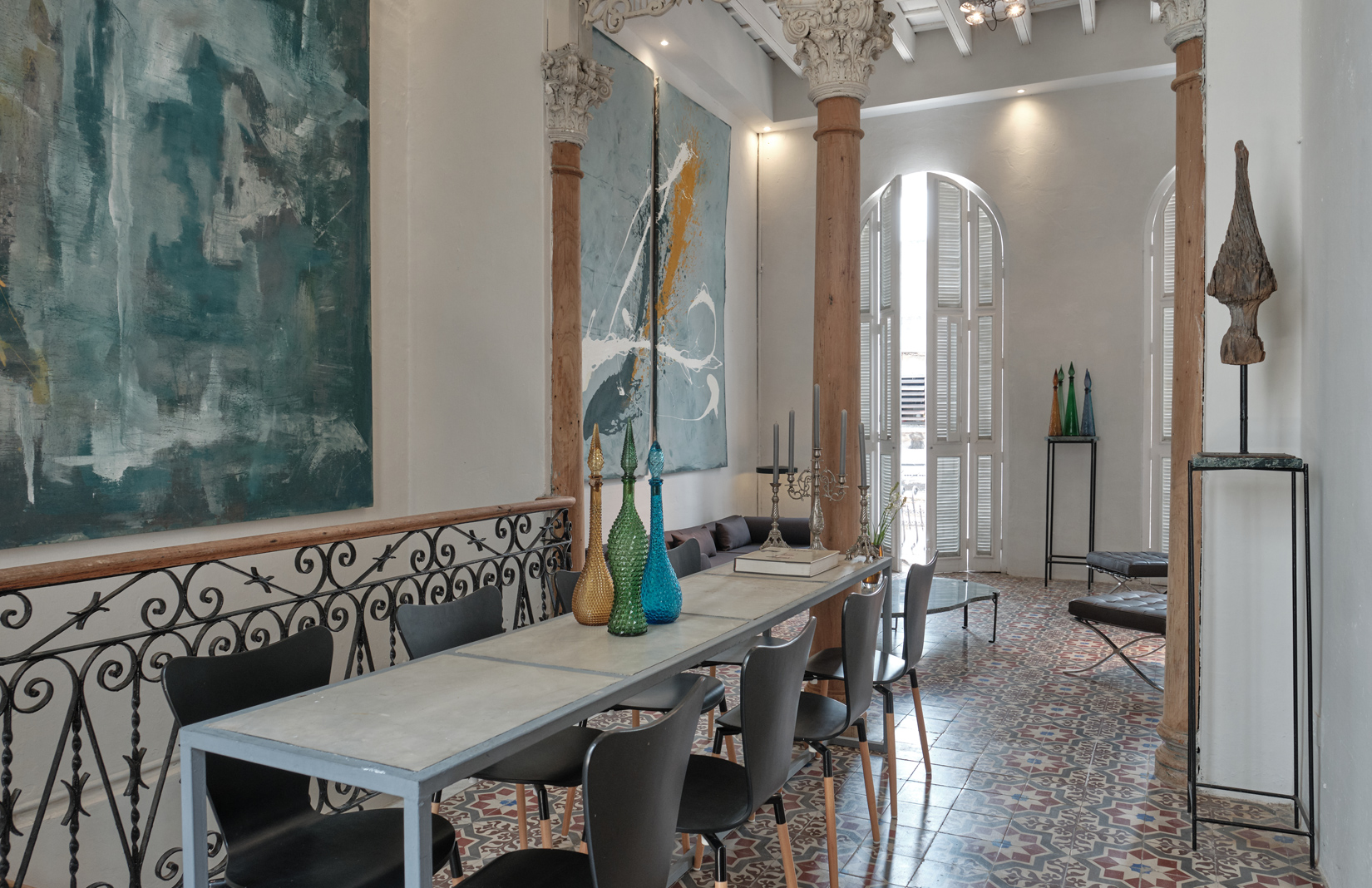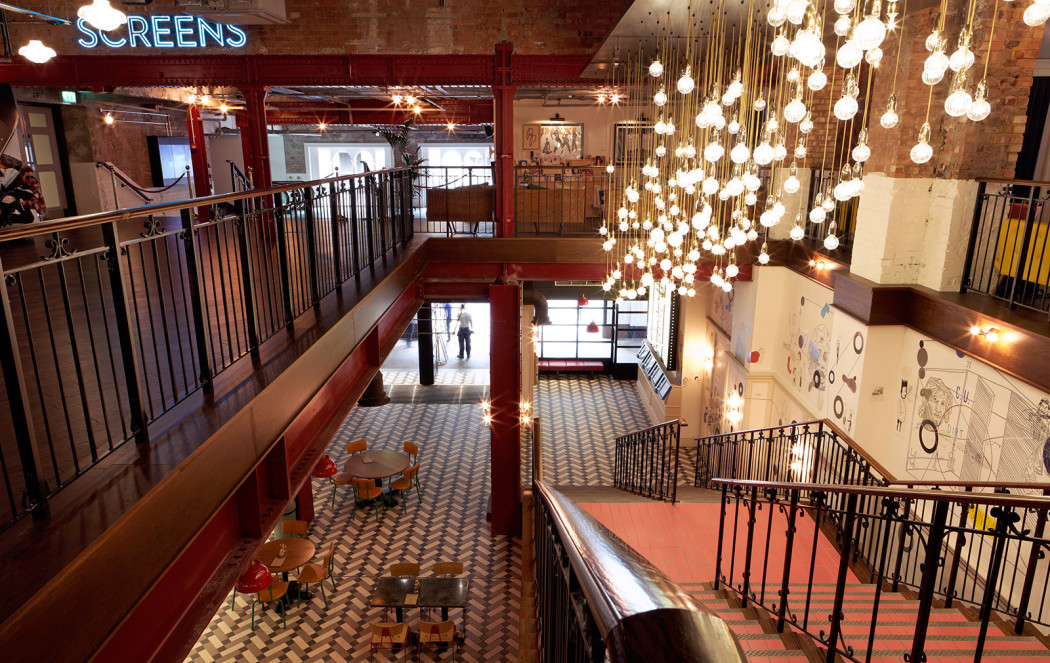
Picturehouse Central, inside London’s 19th-century, Grade II-listed Trocadero building. Photography: James McDonald
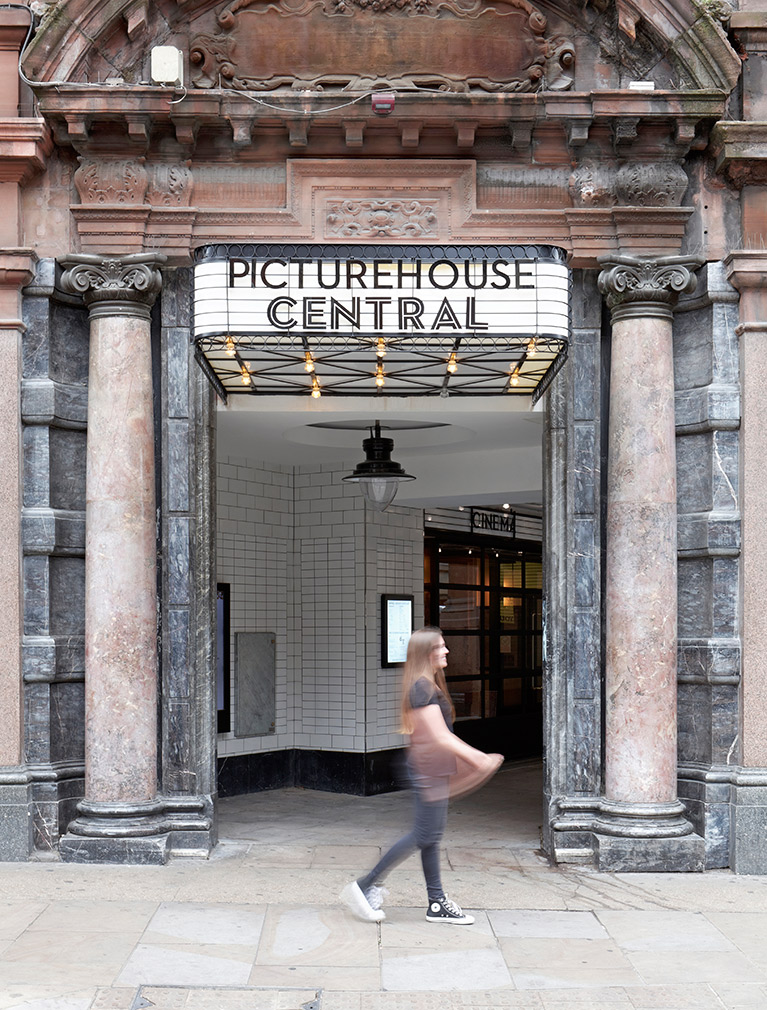
Picturehouse Central. Photography: James McDonald
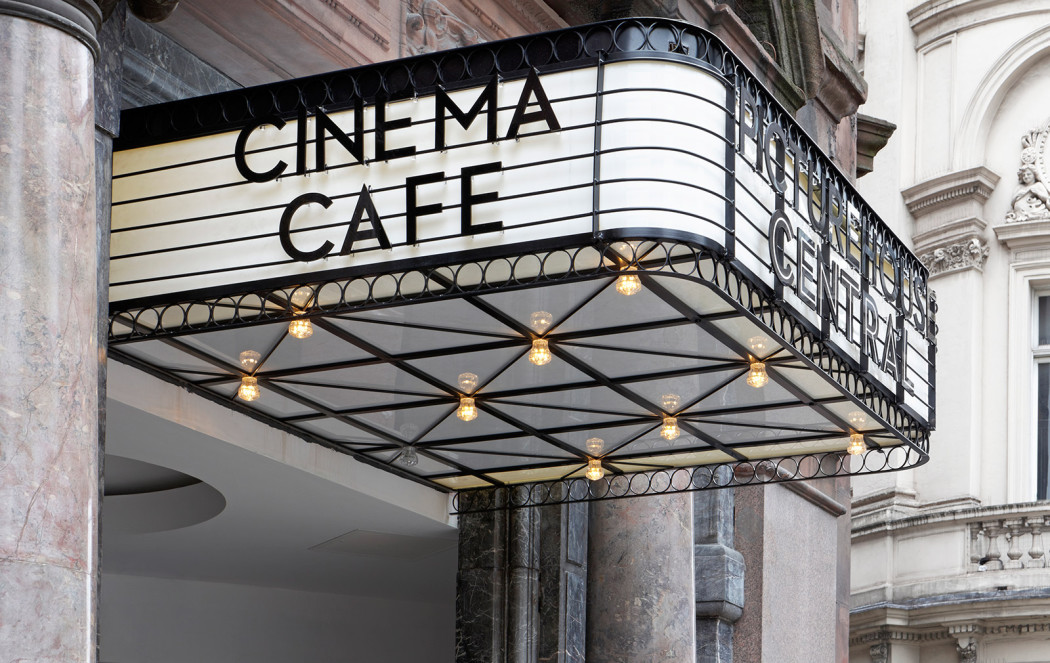
Picturehouse Central. Photography: James McDonald
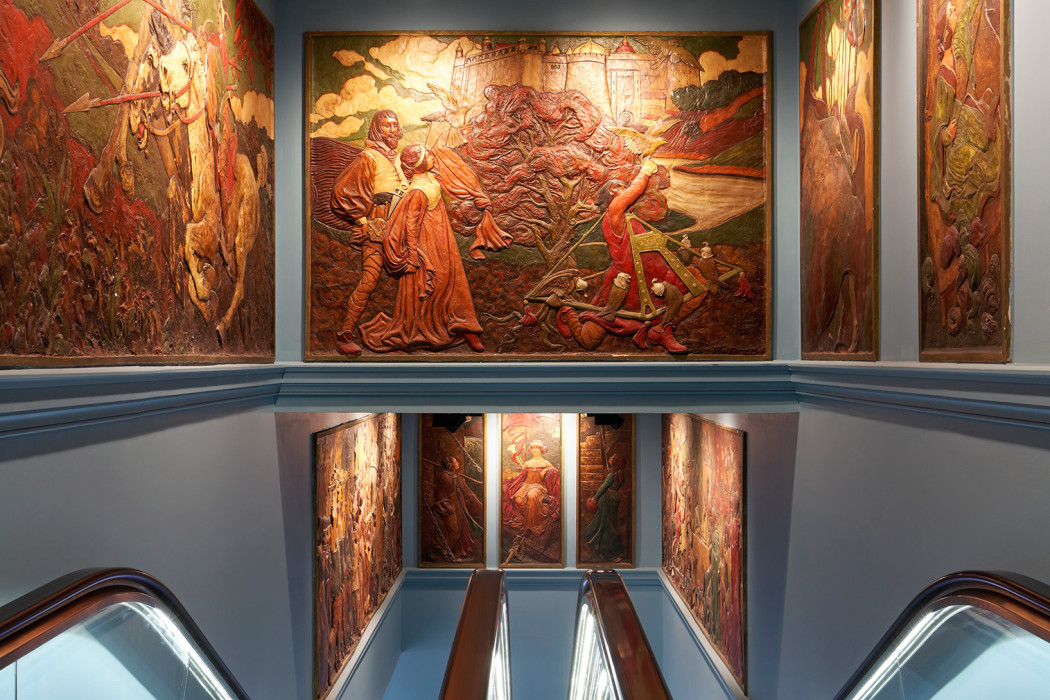
Picturehouse Central. Photography: James McDonald
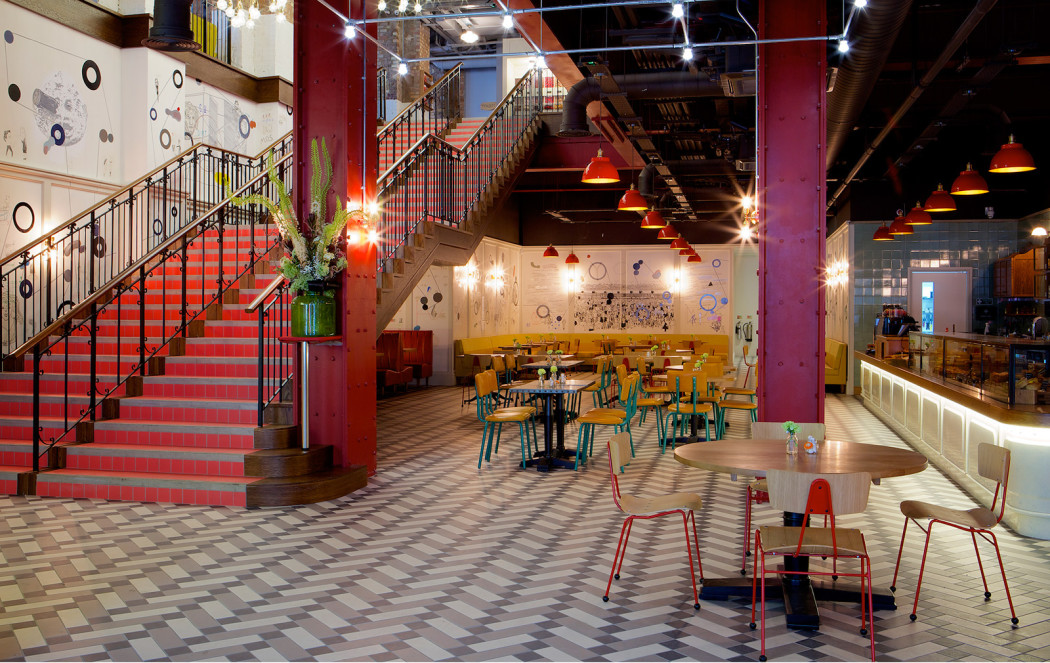
Picturehouse Central. Photography: James McDonald
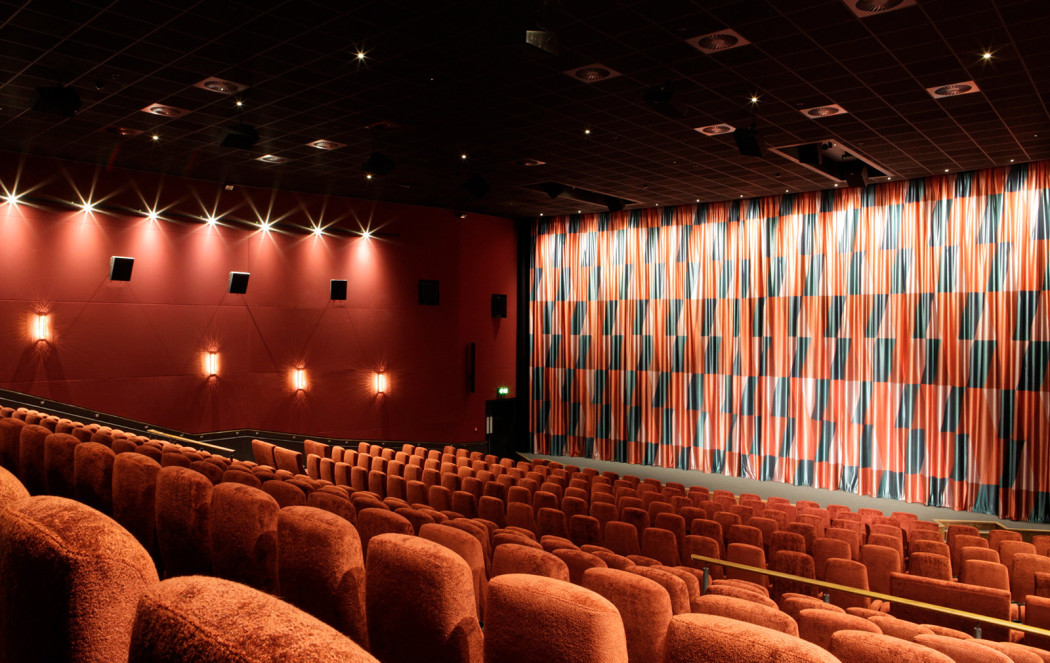
Picturehouse Central. Photography: James McDonald
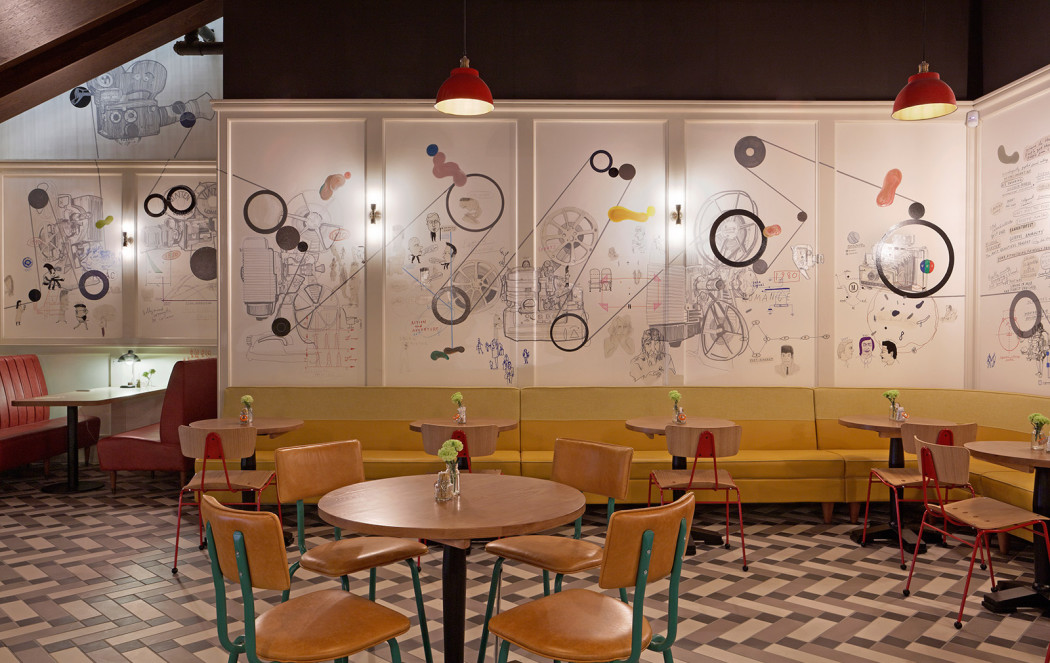
Picturehouse Central. Photography: James McDonald
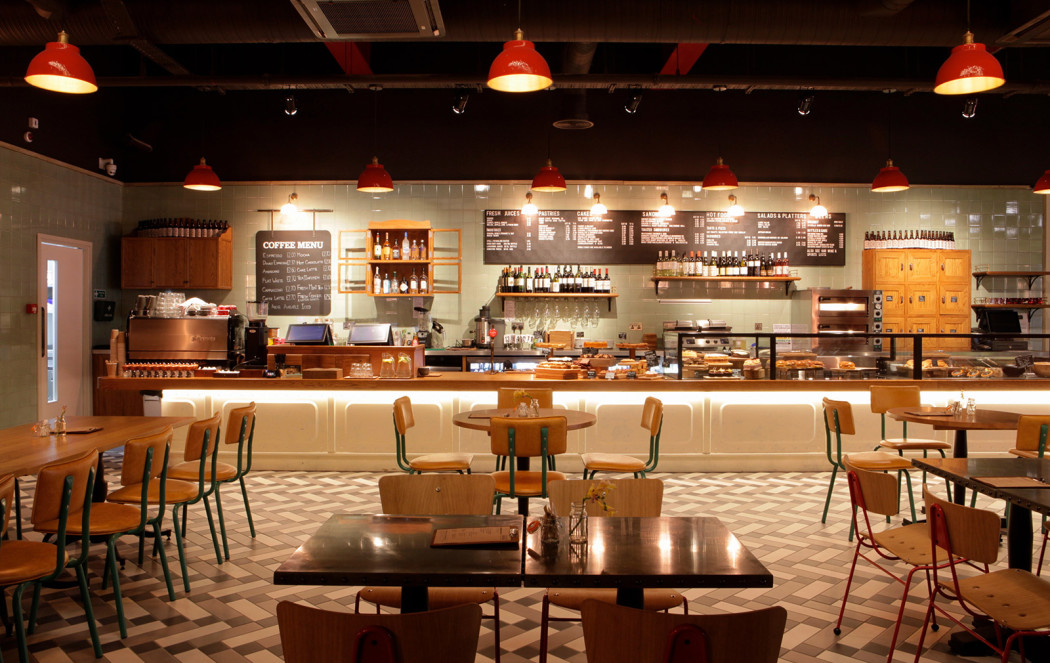
Picturehouse Central. Photography: James McDonald
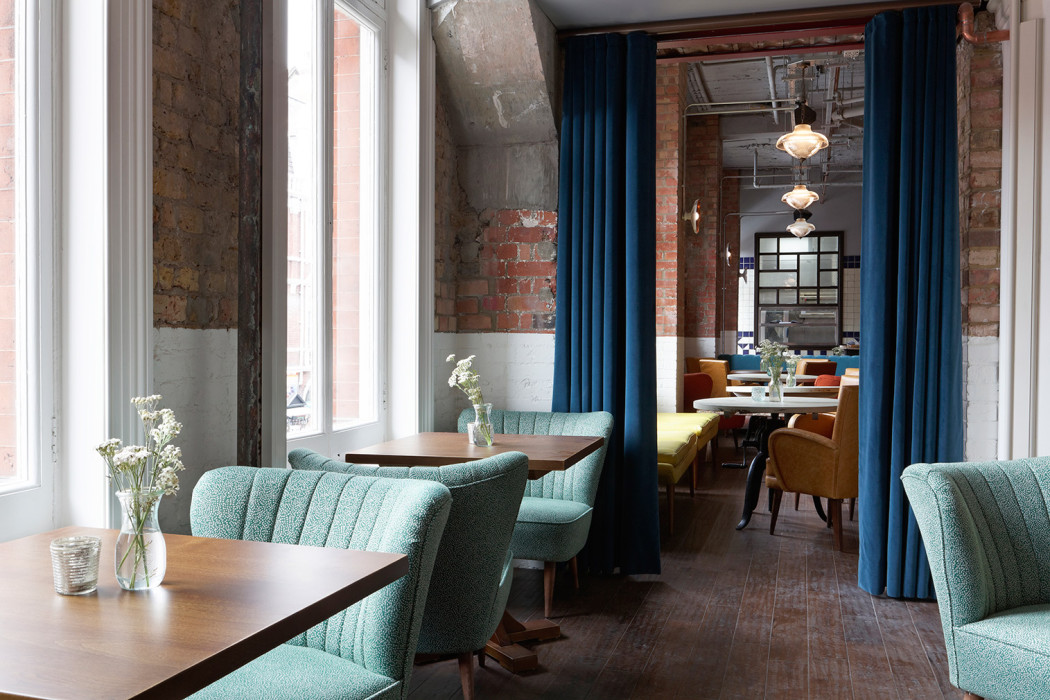
Picturehouse Central. Photography: James McDonald
Going to the cinema might be falling out of fashion, thanks to the rise of Netflix and experiential screenings, but at least one operator has found a way to buck that trend.
While the UK Cinema Association reported a 5 per cent drop in cinema admissions last year to 157.5m, Picturehouse Cinemas saw admissions soar. Admittedly the chain’s figures are a drop in the filmic ocean: an increase of 100,000 visits to 3.2m. But big multiplex operators should be watching it and other successful outfits closely.
Picturehouse’s success goes beyond its film programme – it is down to an artful combination of location, design and food. London architects Panter Hudspith have been responsible for many of Picturehouse’s sites, including its recently-opened venues in London’s East Dulwich and West End and yet-to-open spaces in the suburbs of West Norwood and Crouch End.
Instead of building venues from scratch or taking over existing cinemas, Picturehouse converts interesting but challenging structures. Architect Mark Panter helps the company hunt down architectural treasures that are ripe for adaptive reuse.
‘Generally, the buildings are not in use,’ he says, citing the East Dulwich venue – a Victorian church hall – and the Crouch End space, a former warehouse and 1950s office building.
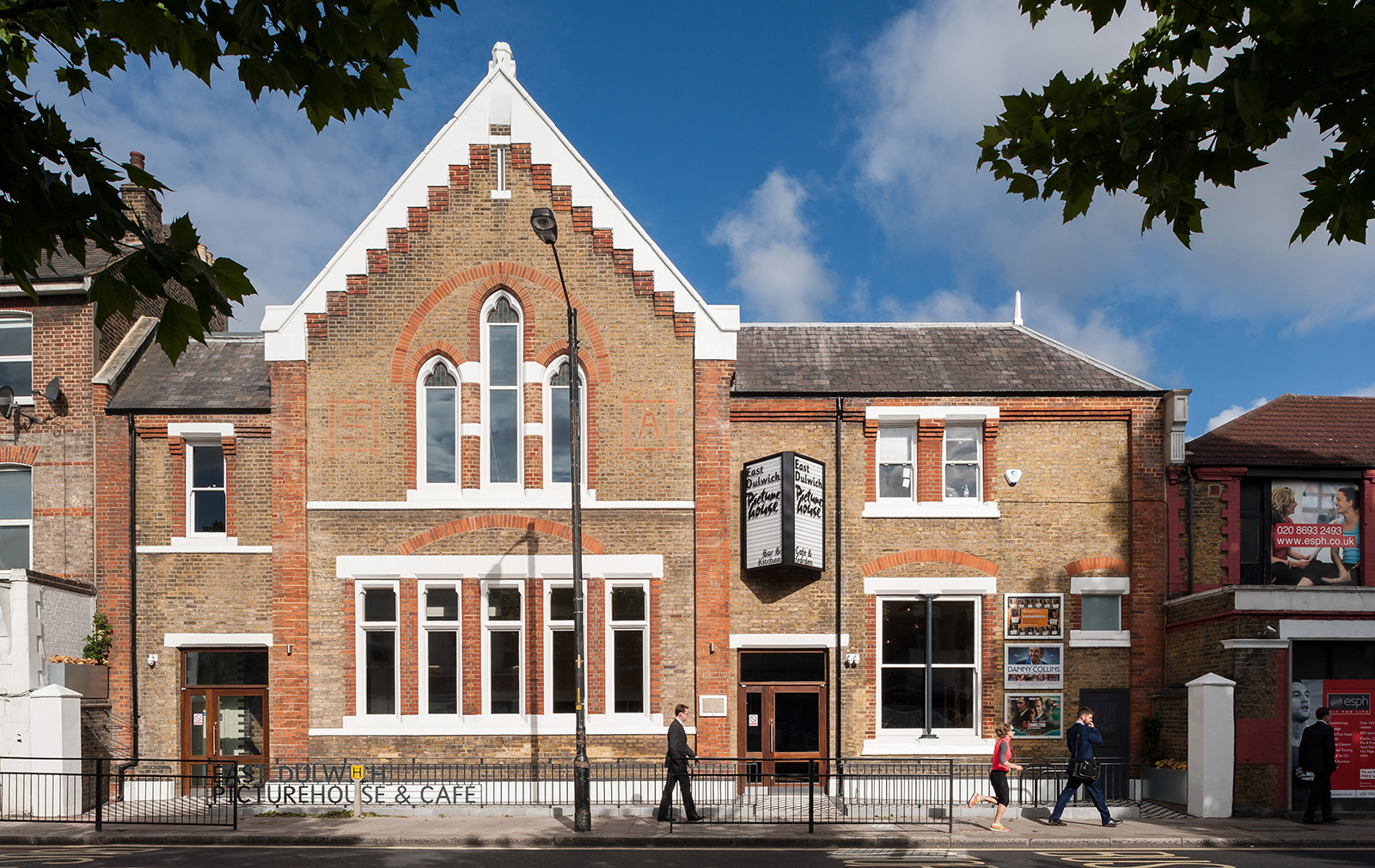
Local residents are often pleased to see a neglected building back in action, particularly if it serves more than one purpose.
This, in part, is where Picturehouse’s well-developed bar and café offer comes in. ‘If you were trying to survive on cinema tickets alone you wouldn’t manage it,’ Panter explains, ‘which is why, whenever we look at a building we think of another reason for going, such as a café with a good view, or an interesting courtyard. It goes beyond the film and the menu.’
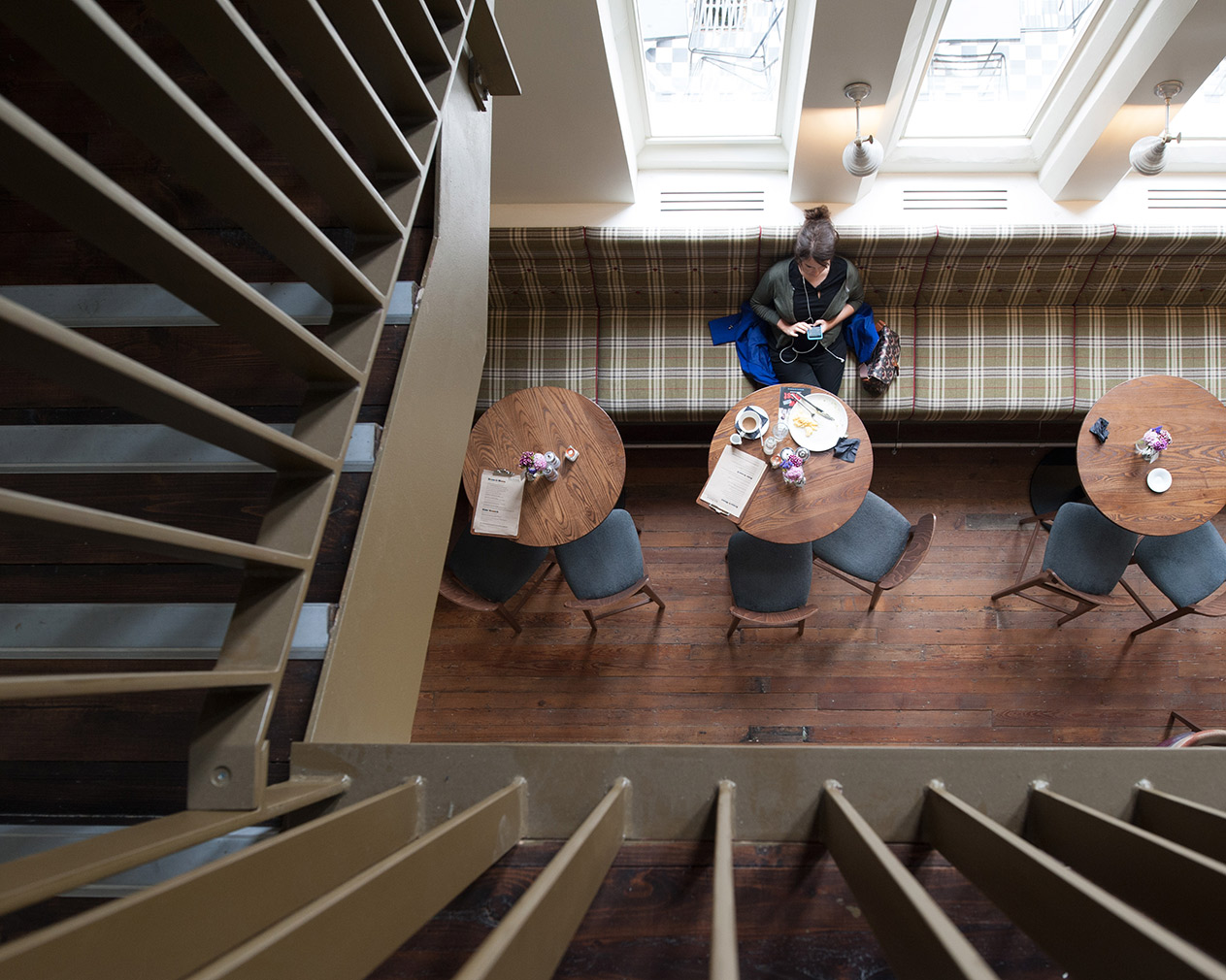
Picturehouse managing director Lyn Goleby confirms that ‘non-ticket sale revenue is hugely important. Increasingly the food and drinks offer has become more formalised and an intrinsic part of our cinemas.’ She contrasts Picturehouse’s modern British menu and table service with ‘grab and go “fast” food typical of the traditional cinema experience.’
Renovating and changing the use of these defunct premises is no mean feat. The aim is always to retain as much of the inherited architecture as is appropriate, no doubt to appeal to the local target audience. So in East Dulwich, ‘the biggest challenge was ensuring that we were able to reveal as much of the interesting existing fabric as possible while maintaining the strict acoustic requirements of a modern auditoria,’ explains Panter Hudspith’s project architect Sarah Robinson.
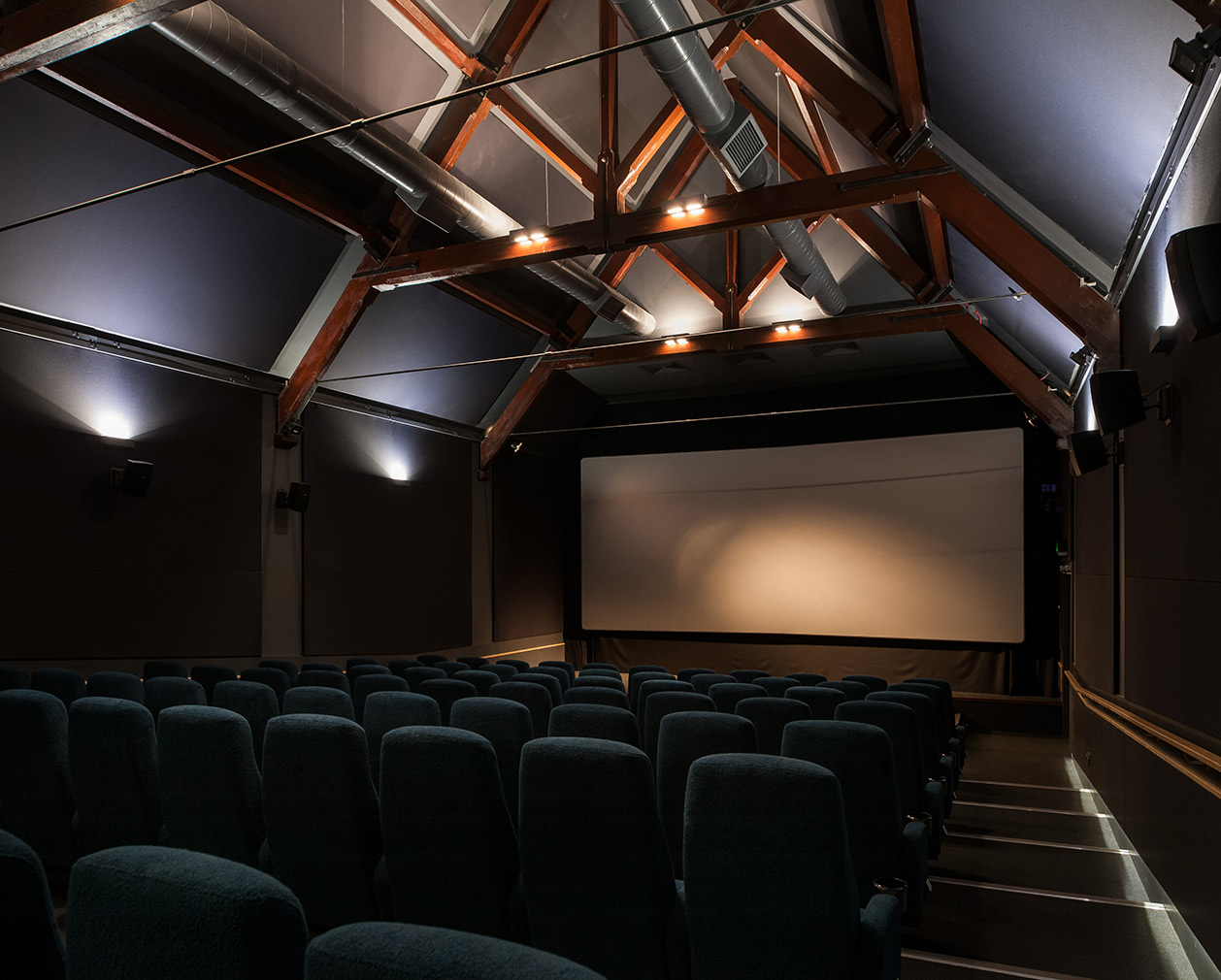
In Screen 2, beautiful timber trusses were hidden by a 1960s suspended ceiling. Acoustically, ‘the most straightforward solution would have been a flat ceiling below the entire trussed structure,’ she adds. Instead, the architects developed a lining thin enough to sit between the top of the trusses and the underside of the tongue and groove roof lining.
It is this approach that differentiates Picturehouse from its multiplex competitors and helps drag its middle-class audience away from their box sets and out for a night.
Despite its art house credentials, Picturehouse was bought by the Cineworld chain in 2012 for £47.3m. It is not the only operator attempting to appeal to this market. Independent ‘boutique’ chain Everyman Cinemas has a unique bar or foyer space in each venue – some designed by Mueller Kneer Associates – and has an ambitious UK-wide expansion plan. And new operator The Light offers a cafe-bar concept called The Green Room, while its screening rooms show sport, opera, live theatre and music, as well as films.
But will unique buildings, buzzing bars and music be enough to keep drawing in the crowds?
Some companies are now ditching conventional auditoria altogether. The Rooftop Film Club is currently on a roll, showing films in sky-high settings everywhere from east London to LA.
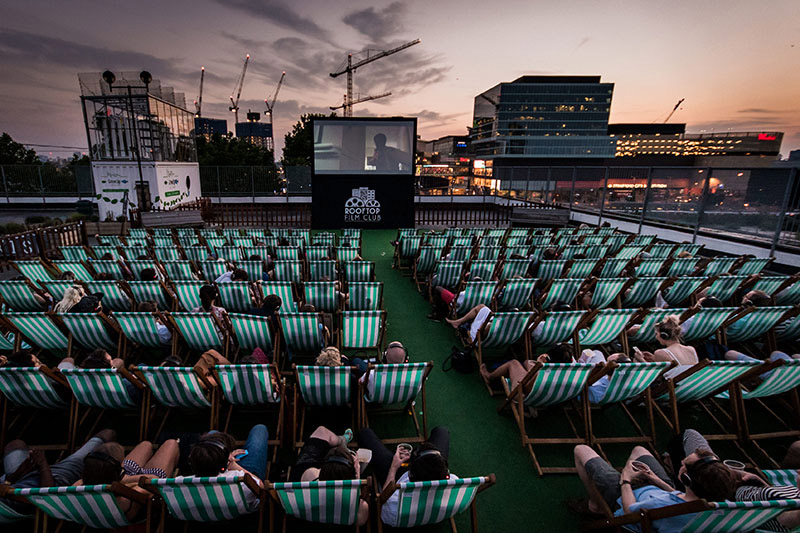
Meanwhile, outfits like Secret Cinema’s experiential offerings get ever more elaborate, commandeering spaces that are usually off-limits to the public – the more derelict, the better – with their unique blend of theatre, art, music and film.
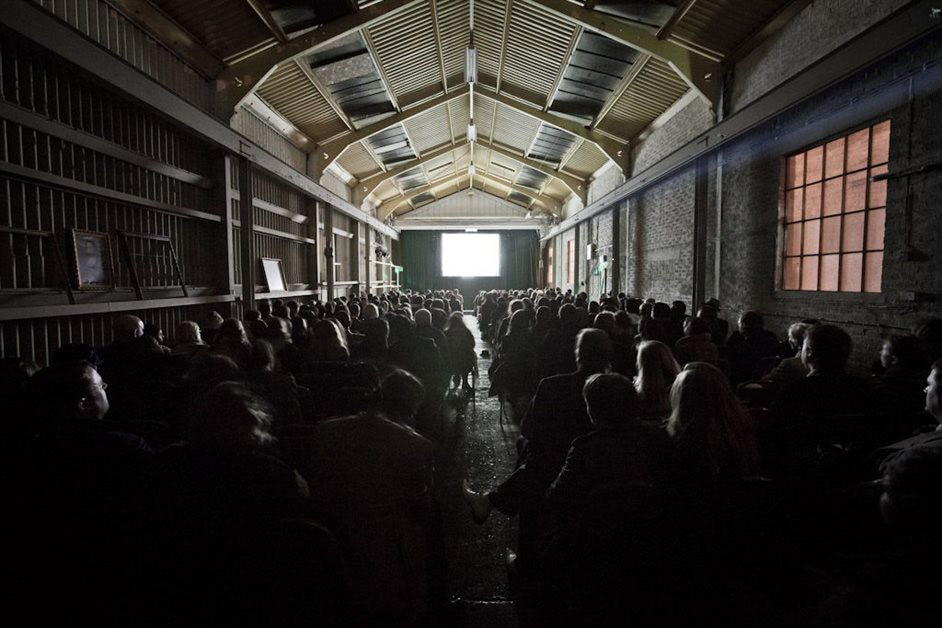
So the pressures on conventional movie houses are only likely to grow. We’ll be watching closely to see how Picturehouse and other film providers evolve.




